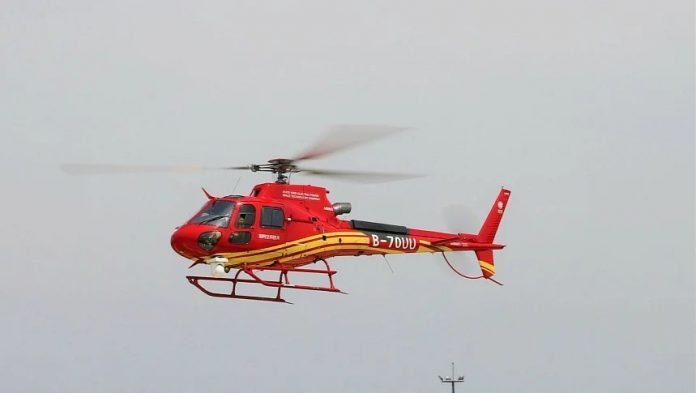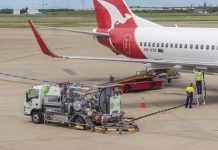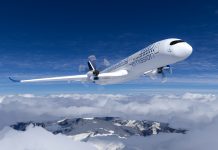China has achieved a significant milestone by conducting its first-ever helicopter flight using sustainable aviation fuel (SAF)
The State Grid Space Technology Co. (SGST) has successfully utilised an Airbus Helicopter H125, powered by a blend of 40 per cent SAF obtained from China National Aviation Fuel (CNAF).
A few weeks following the signing of a memorandum of understanding (MoU) between Airbus and China National Aviation Fuel (CNAF), a significant step was taken in Chinese-European collaboration.
This agreement, which took place during a French state visit to China in April, focused on intensifying efforts in the production, application, and formulation of common standards for sustainable aviation fuel (SAF).
This recent helicopter flight serves as an outcome of this successful collaboration.
Airbus and CNAF collaborate in China
The MoU between Airbus and CNAF aims to enhance the SAF supply chain by expanding fuel sources and optimising production processes.
The ultimate goal is to incorporate 10 per cent SAF usage in China by the year 2030, especially as Airbus has established itself as a prominent advocate for SAF on a global scale.
It is worth noting that all Airbus helicopters are capable of operating with up to a 50 per cent blend of SAF, further emphasising their commitment to sustainability.
Looking ahead, Airbus has set a target for all its aircraft to be capable of flying with 100 per cent SAF by 2030.
Using sustainable aviation fuel for more than just planes
Ultimately, Sustainable fuel for aviation isn’t just for aeroplanes; helicopters love it too – While we eagerly await the day when electric vertical take-off and landing (eVTOL) vehicles can fully replace traditional rotorcraft, existing helicopters can still make a significant environmental impact by embracing sustainably-sourced alternative fuel.
This global shift towards SAF in helicopters is gaining momentum, reducing their carbon footprint and paving the way for a greener future in aviation.
In fact Colin James, Airbus Helicopters’s managing director in China, made remarks on this, “I am proud that our customer, SGST, launched this noteworthy SAF flight with the H125, marking Airbus Helicopters as the first helicopter manufacturer to perform an SAF flight in China.”
“In an effort to reduce carbon emissions and set a standard within the industry, we are working with our partners to use locally produced SAF” He also added.

Airbus advances sustainable aviation with SAF milestones and collaboration
Furthermore, Airbus has been actively collaborating with numerous industry partners through the SAF User Group, which was established in 2021. This accomplishment highlights Airbus’ commitment to advancing sustainable aviation practices.
This collaborative initiative allows for the exchange of knowledge, expertise, and best practices among stakeholders, further driving the adoption and utilisation of SAF in the aviation industry worldwide.
For example, in a groundbreaking achievement last summer, an H125 helicopter embarked on a trailblazing flight in Japan, flying for thirty minutes while carrying 600 liters (158 gallons) of “Susteo 1.” Susteo 1 is an alternative fuel blend consisting of 10% SAF and conventional aviation fuel (Jet A-1 fuel).
Developed by Euglena, a Japanese biotechnology company, this domestic production of alternative fuel created a significant impact as it marked Japan’s inaugural SAF-powered helicopter flight.
Preceding this momentous event, the H225, another Airbus helicopter model, accomplished the brand’s inaugural flight utilizing SAF. In November 2021, the H225 demonstrated the compatibility of SAF with helicopter engines by conducting a short flight demonstration at Airbus headquarters in Marignane, France.
Demonstrated the compatibility of SAF with helicopter engines
This test stood among the earliest assessments conducted to confirm SAF’s efficacy in rotorcraft.
Notably, besides substantially reducing emissions, this environmentally friendly jet fuel boasts two vital advantages: it eliminates the need for engine modifications and has no detrimental effect on aircraft performance.














